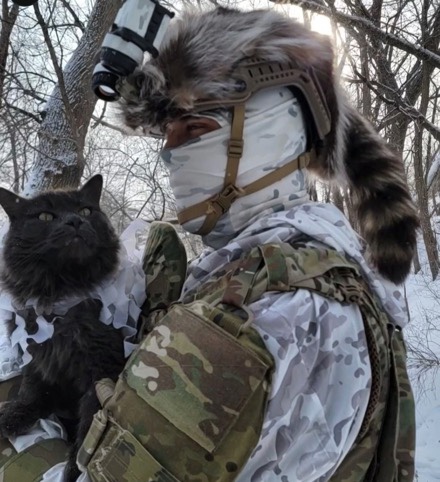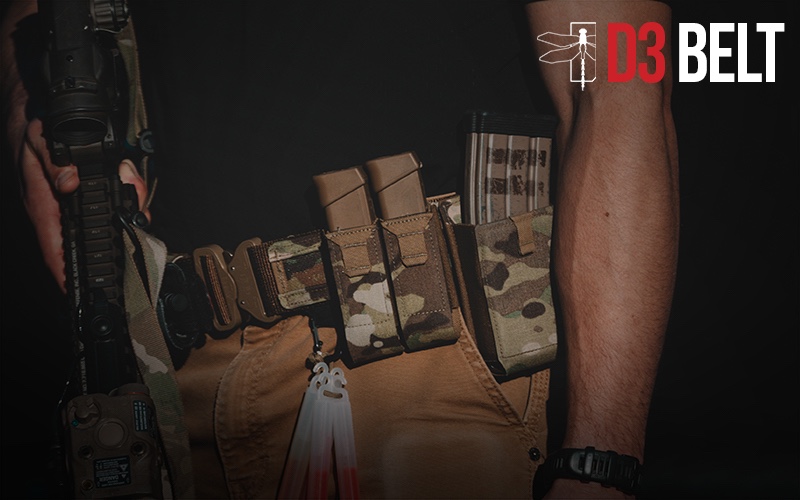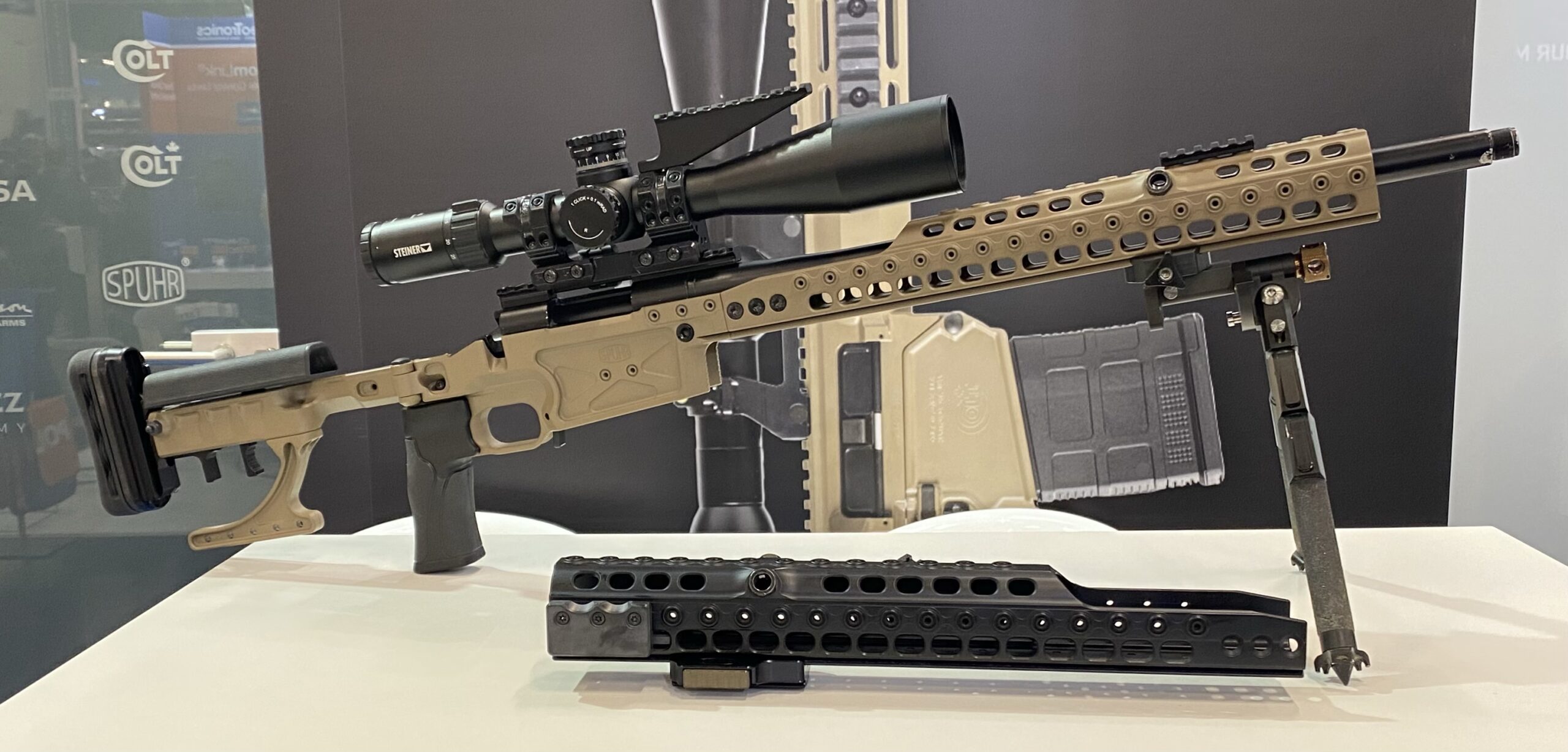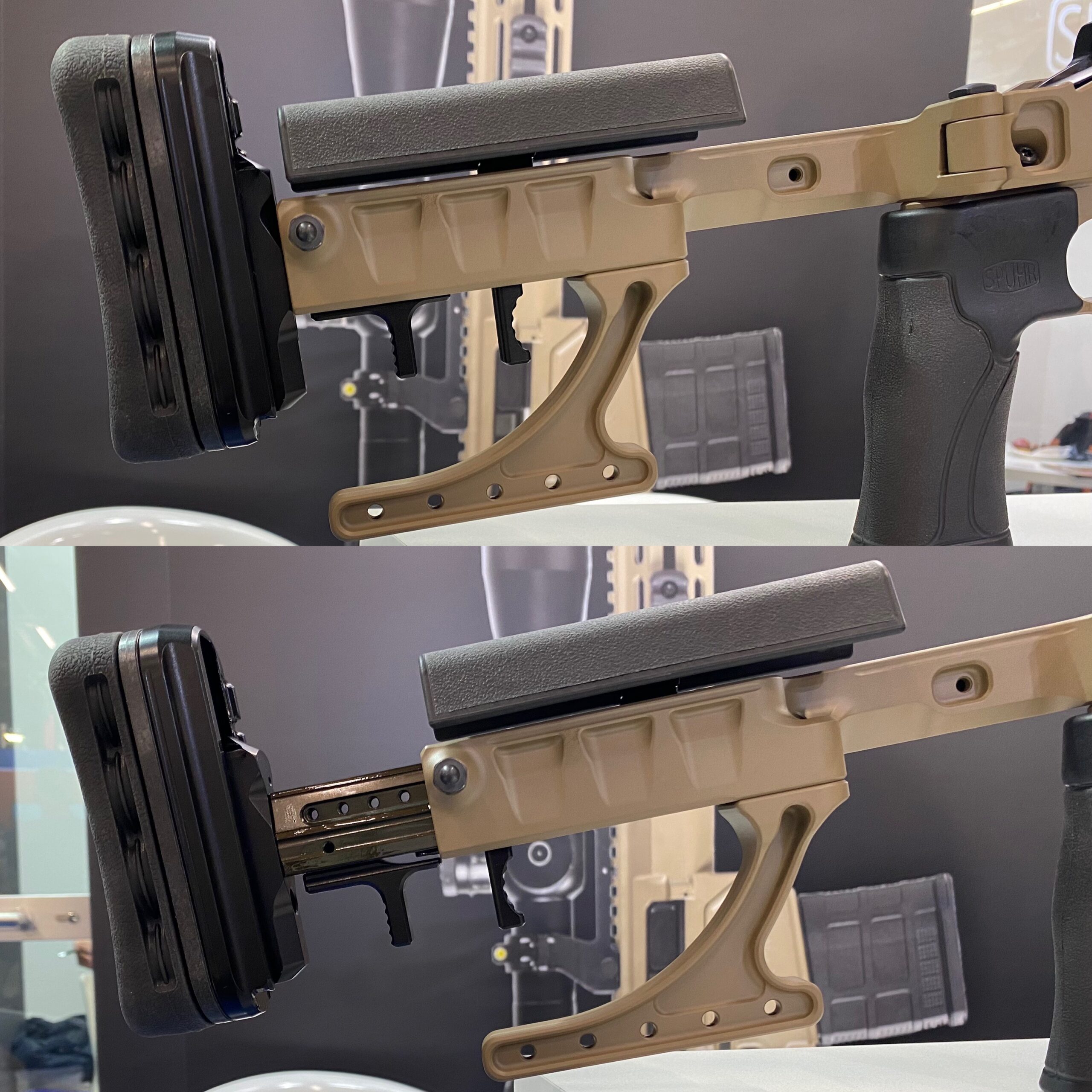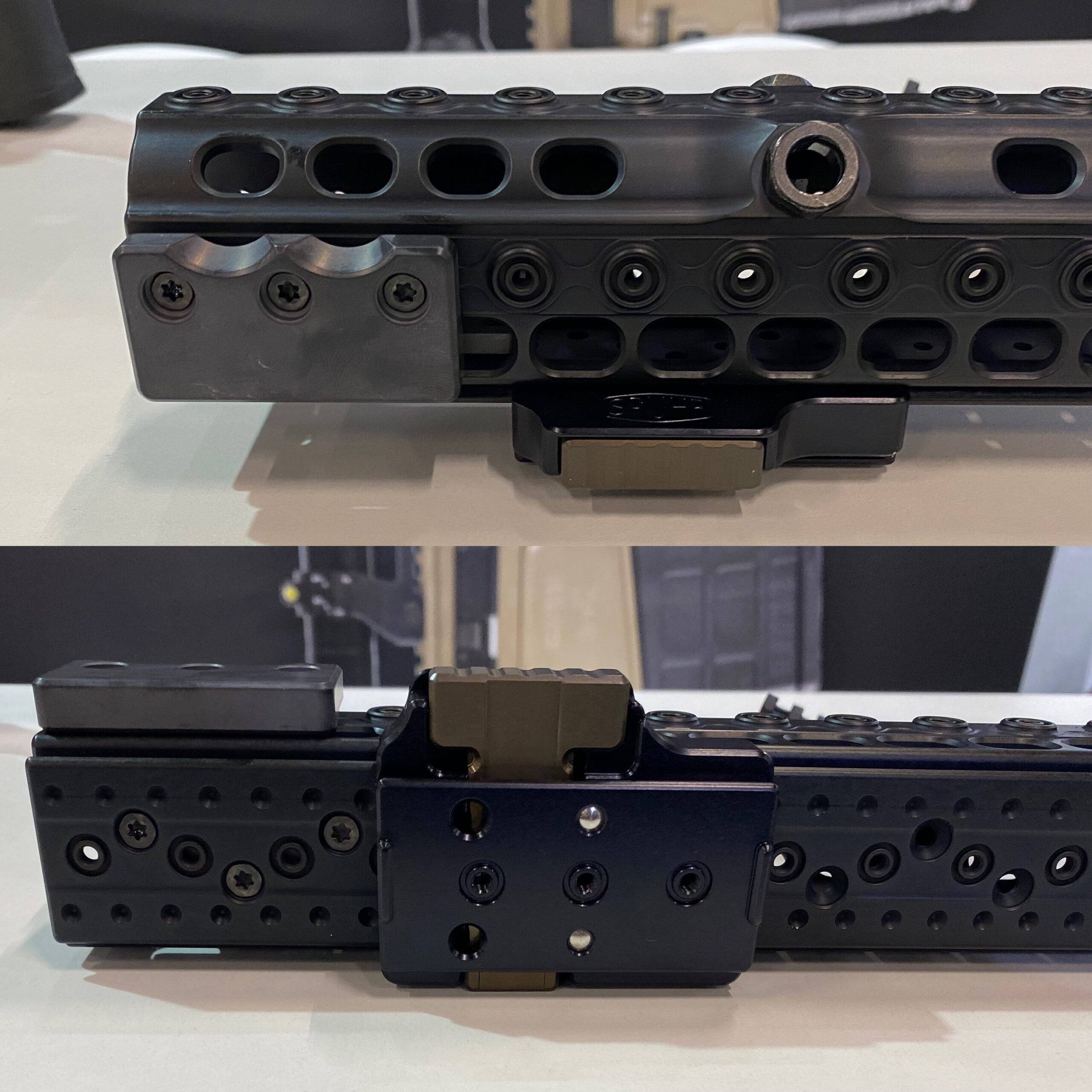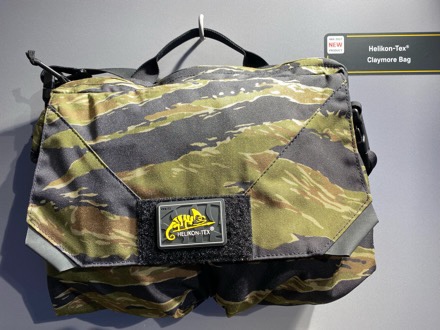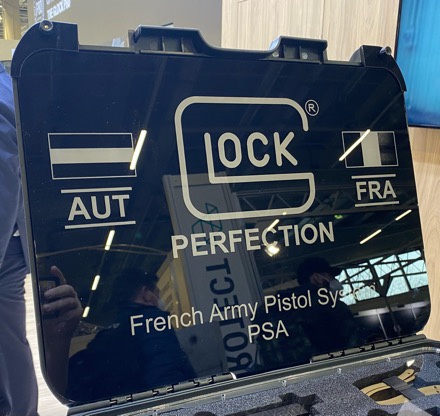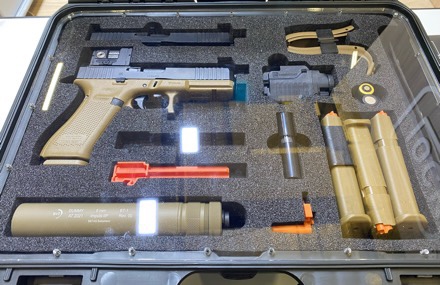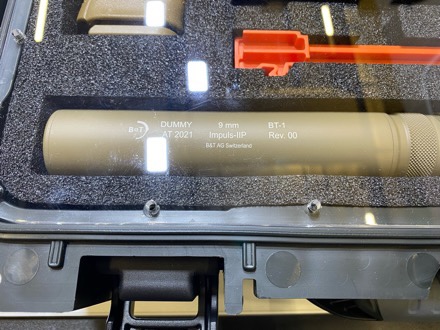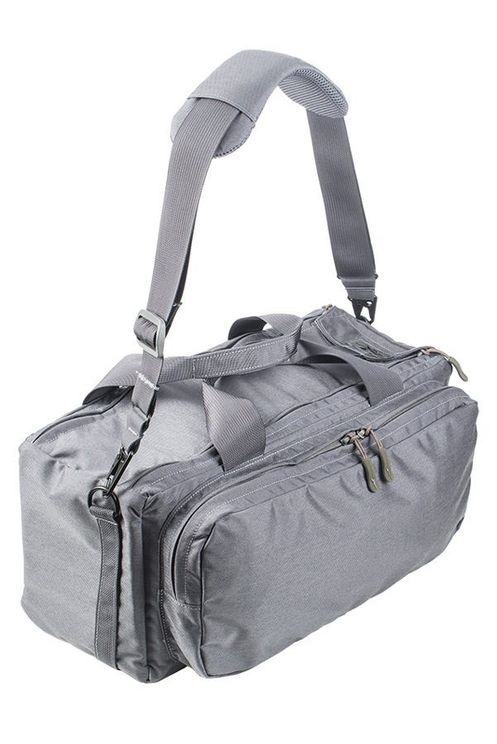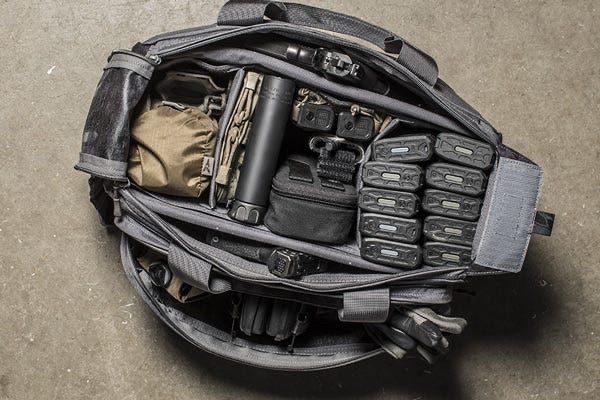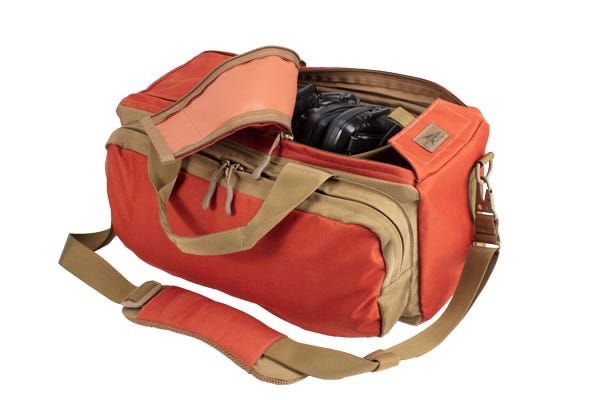Team 5 Medical Foundation’s first post-COVID humanitarian aid mission starts March 2022 with a team of highly trained medical professionals to assist indigenous populations in the Palpa regions of Nepal. Tasmanian Tiger®, a Silver Sponsor, is providing support with product and financial donations to the non-profit SOFMED veteran foundation, Team 5.
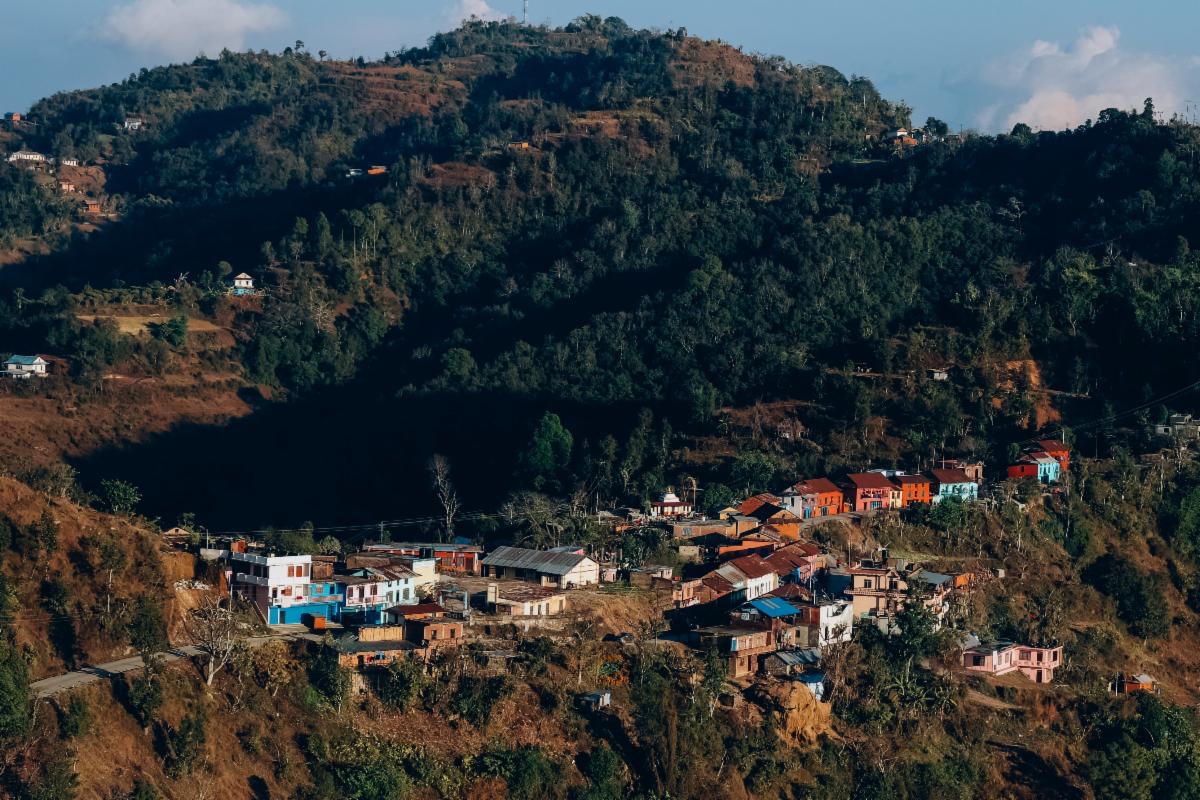
Knoxville, Tenn. (March 2022) – Tasmanian Tiger®, a tactical nylon line of products distributed exclusively for the US market by Proforce Equipment, Inc., is proud to support Team 5 Medical Foundation, a non-profit SOFMED veteran foundation providing medical relief to some of the world’s most over-looked populations in hard-to-reach places.
The Nepal expedition was initially postponed due to COVID-19 restrictions and is now set to launch in early March. Team 5 consists of highly trained medical practitioners including professionals from the USA, UK, Portugal, and Croatia, will arrive in Kathmandu on March 11 and push into the mountainous Palpa region for ten days. Team 5 founder and team leader, Eric S. Linder, RMP, will lead eight medical professionals to conduct medical and dental clinics, ultrasounds, and deworming for intestinal parasites, which affect over 18 million people globally and are linked directly to malnutrition and anemia of young children. Team 5 will work in cooperation with two hospitals and local practitioners for one week to provide care to 110 patients per day.
As Silver Sponsors, Tasmanian Tiger is supporting this humanitarian effort through financial and product donations. Much of the gear the team will take in the country will be Tasmanian Tiger products, from the TT Passport Safe RFID to a variety of packs, including the TT City Daypack 20 for daily use, to the TT Mission Pack MK II to carry the team’s clothing, personal items, gear, and to be used at their go-bag. Medical packs will be outfitted with critically needed medicines, as well as a variety of smaller pouches to protect eyewear, phones, computers, and other items, that can be easily configured on the larger TT Modular Gunner Packs and Mission Pack MKII’s.
“The logistics of this effort alone, with team members coming in from different countries, available transportation into the mountainous regions of Nepal, require gear that can withstand tremendous abuse, yet protect valuable medical, diagnostic and communication items,” Linder explained. “The Tasmanian Tiger bags, packs, and pouches are built to withstand serious use while protecting valuable and even fragile items. The ability to configure each set of bags, packs, and pouches is also essential, as each member of the team has a very different mission, with different requirements.”
“Our support of Team 5 on their first post-COVID humanitarian expedition is reflective of the core values of Tasmanian Tiger and Tatonka GmbH,” Andreas Schechinger, CEO of Tatonka GmbH, added. “All of our employees, from our corporate and satellite offices to our factories, are part of our Open Factory concept. That means we respect our employees and provide for them a socially responsible and sustainable environment in which to create, produce, and thrive. Like Team 5, Tasmanian Tiger strives to make the world a better place.”
Noted for its extreme beauty, the country of Nepal sits land-locked between China to the north and India to its south. One of the few countries left in the world where the fast-paced world of technology is slow to advance, the country boasts some of the most extreme environments from humid plains to icy mountain peaks. Nepal is the birthplace of Siddhartha Buddha, and its varied multi-cultural and ethnic landscape hosts some of the world’s most treasured man-made and nature-made wonders.
The Team 5 Medical Foundation mission members for the Nepal expedition include team leader, Eric Linder (RMP, FAWM [Remote & Austere Medical Specialist]); assistant team leader, Bryan Vande Sand (HM, ST [USAF/USN Corpsman/Surgical Tech]); medical director, Chris Duncan (MD, Intensive Care); coordinator, Saskia Pia Muller (MD, Emergency Medicine); dentist, Bryan Ferriera (DDS, Oral Surgery); dentist Burjor Langdana (DDS, Oral Surgery); nursing, Laura Thomson (RN, Critical Care Nurse); and paramedic, Ollie Neece (EMTP-CC, Critical Care and Rescue Paramedic).
The Team 5 Medical Foundation expedition to Nepal is being sponsored by: Tasmanian Tiger, Snugpak, Massif, WileyX, Darn Tough Socks, US Elite, SPOT, and Proforce Equipment.
Donations to Team 5 Medical Foundation can be made here: www.team-5.org/donate.


